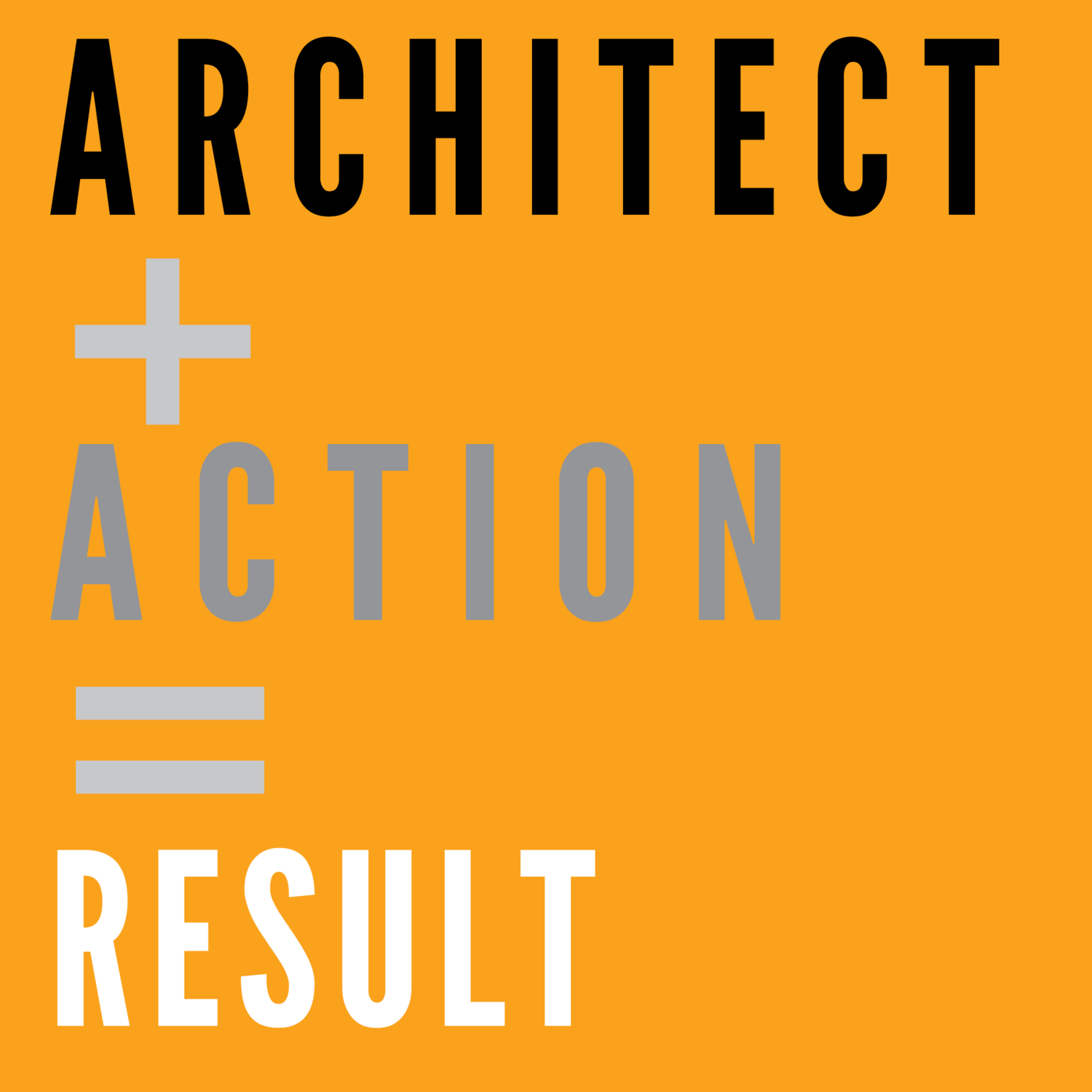Using Generative AI to Protect Your Firm’s Creative Voice During an M&A
Are you trying to hold onto your voice against an acquiring firm’s?
This last year, many of my professional colleagues have been going through the merger & acquisition process. When a large firm, especially a Private Equity-backed "platform," acquires a practice, the greatest threat isn't to revenue; it's to your culture and creative voice.
Your voice—that unique, personalized communication style clients hired you for—can get diluted by incoming corporate bureaucracy: new HR policies, standardized memos, and a new marketing team. Let’s call it a "corporate communication tax" that can steal time from your best people and force them to focus on administration instead of clients and architecture.
The solution? Turn Generative AI into a strategic shield—an AI Buffer—that absorbs the corporate communication burden, freeing you to focus your energy where it matters most: the design (or project) narrative and client relationships.
1. Outsource the "Corporate Clash"
When a merger happens, you are forced to speak two languages: your authentic design language and the acquirer's corporate language. Can A.I. help to master this new dialect without sacrificing your mental energy?
The Corporate Translator: Instead of spending hours deciphering a new company's mission statements, marketing language, and integration documents, why not feed them directly into an AI tool. Ask it to translate your old firm's operational language and internal memos into the new style. This minimizes the psychological and mental energy required and may give you, especially those in smaller firms, a more personal approach to merging who you are with where you now work.
Automate Reports: A new, large platform may demand standardized utilization, forecast, pipeline reports. These are high-volume, low-value writing tasks that can drain your energy. Instead of spending your precious time drafting the narrative for reports, use AI to ingest the raw data and instantly generate a report in the acquirer's prescribed format. The result: You reclaim hours previously lost to administration, ensuring that your focus—and your colleagues and collaborators’ focus—remains on design excellence and client care.
2. Reclaim Your Time for Personal Communication
The time saved by outsourcing new administrative tasks allows you to be an intentional, human communicator exactly when the merger integration process may make your clients and staff the most nervous.
Defend the Design Narrative: This is the most critical use of your reclaimed time. Personally craft deeply human, authentic client communications, personalized project updates, and follow-up emails. When the larger parent firm tries to homogenize your client-facing voice, your personal, direct communication acts as a crucial counter-narrative, preserving your legacy firm’s brand equity and trust. And go advocate for it to the new higher ups. If you don’t stand up for your voice after an acquisition, most likely no one else will either.
Boost Internal Morale: Use the mental space gained to write thoughtful, nuanced communications that directly address integration fears and celebrate local team wins. AI can help outline the main structural points, but you deliver the genuine message that reassures talent and prevents cultural flight, which can be rampant during M&A stress.
3. AI as a Creative Coach, Not a Co-Pilot
Reframing your relationship with any A.I. tool is absolutely essential. As I’ve spoken about at AIA conferences and with firms and colleagues, A.I. should never write for you (news flash, it can’t), it should empower you to write better and faster.
Sharpen the Thesis: Use AI to review your design narratives or proposal summaries. Ask it: "I need to ensure my firm’s original value and sensibilities are still clear, compelling and merged with, not replaced by, a new parent firm. And, please, do not use jargon." Clear prompts are essential to ensuring A.I. is an objective editor, rather than the author. Let it help in polishing your authentic voice and ensuring clarity without replacing your creative thought.
By deploying A.I. as an administrative buffer, architects can successfully navigate the cultural clash of a merger, protect their most valuable asset—their original creative voice—and ensure that their focus remains on the core things they stand for. The elements of your voice and identity that attracted a larger entity to your firm in the first place.

